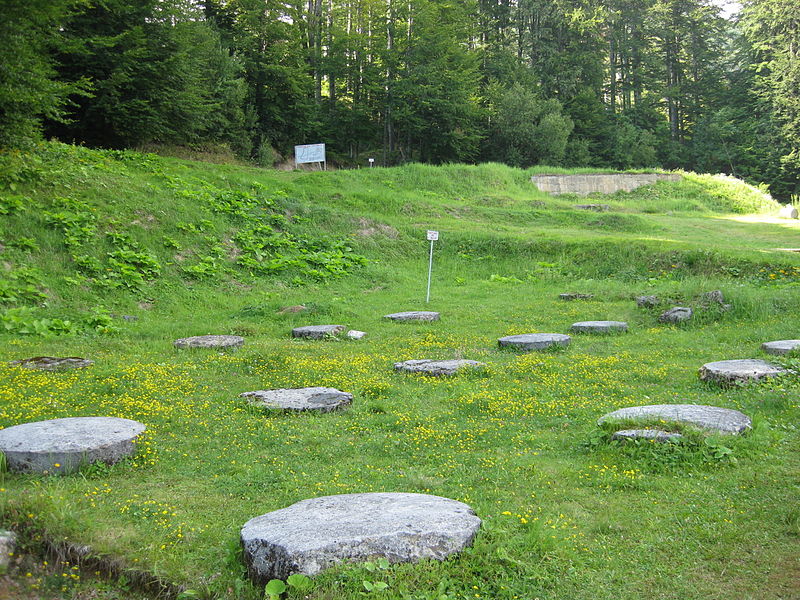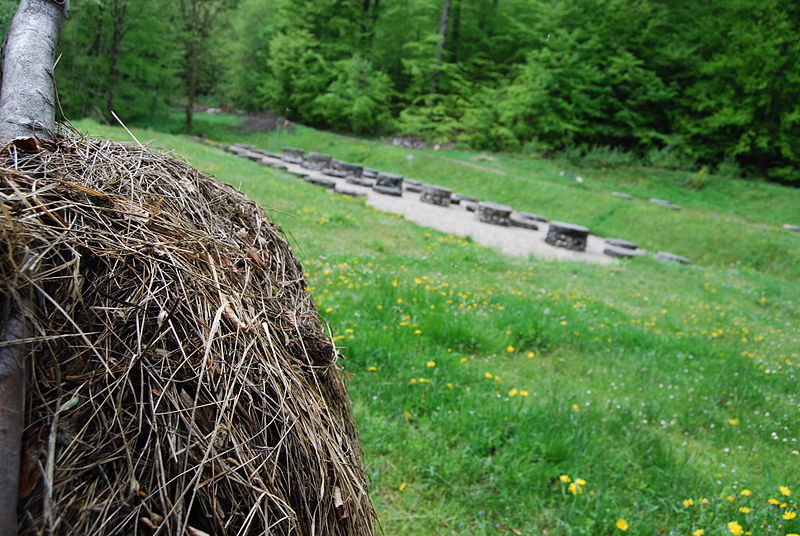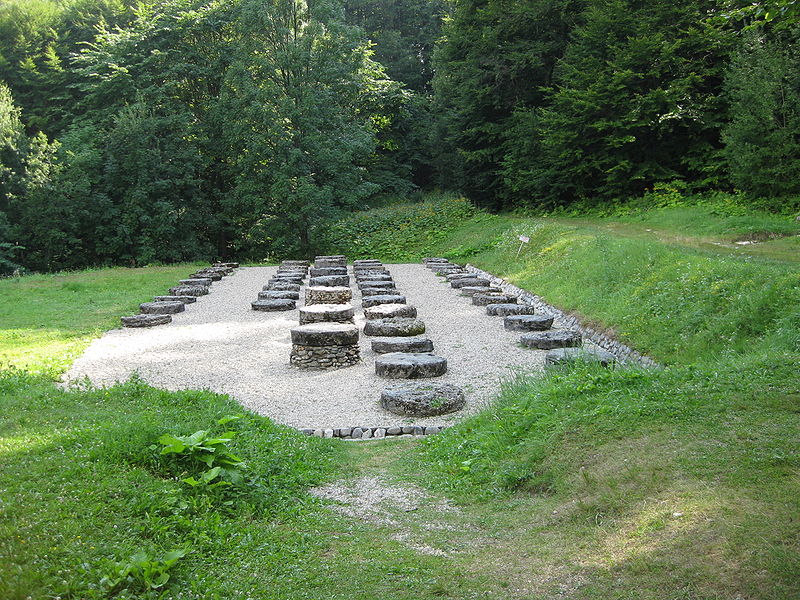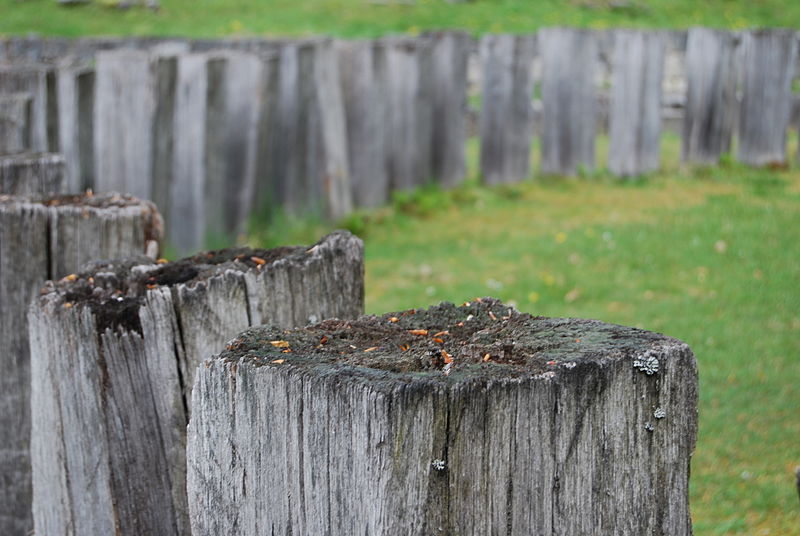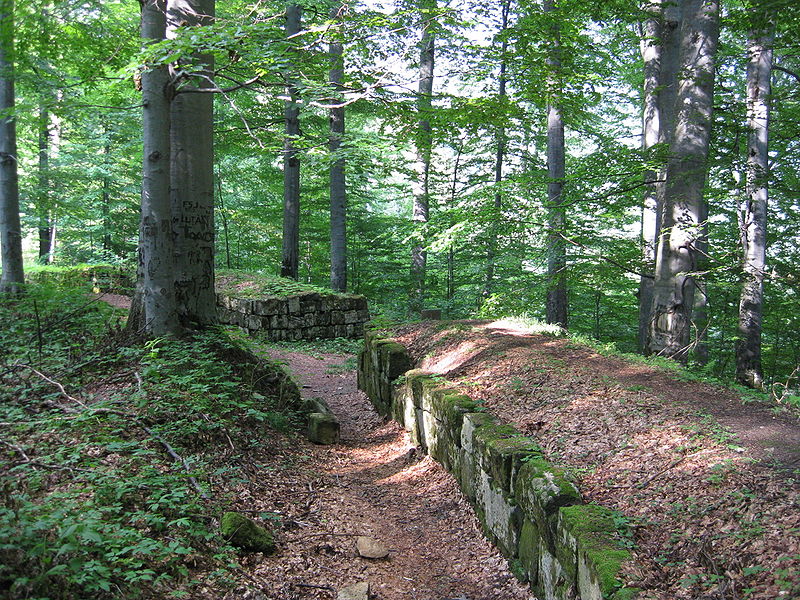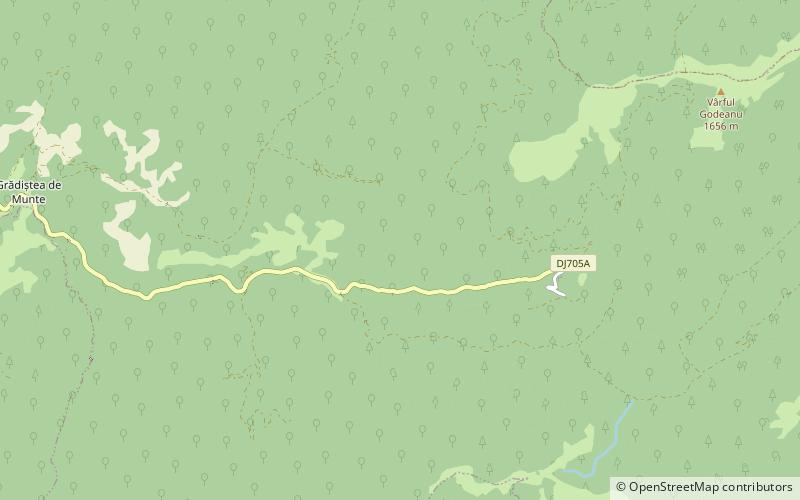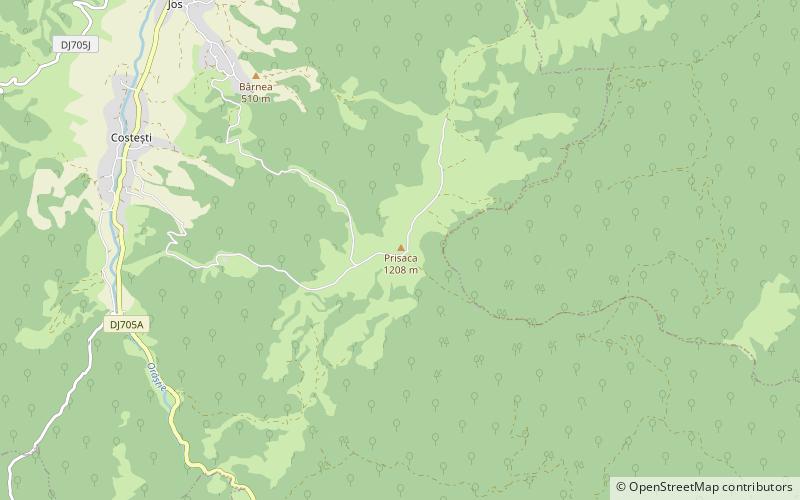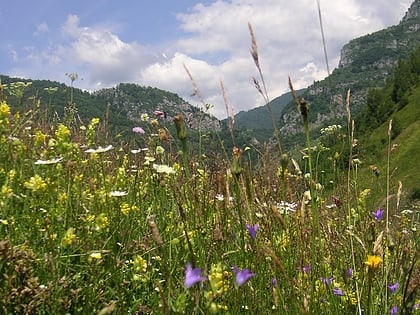Sarmizegetusa Regia
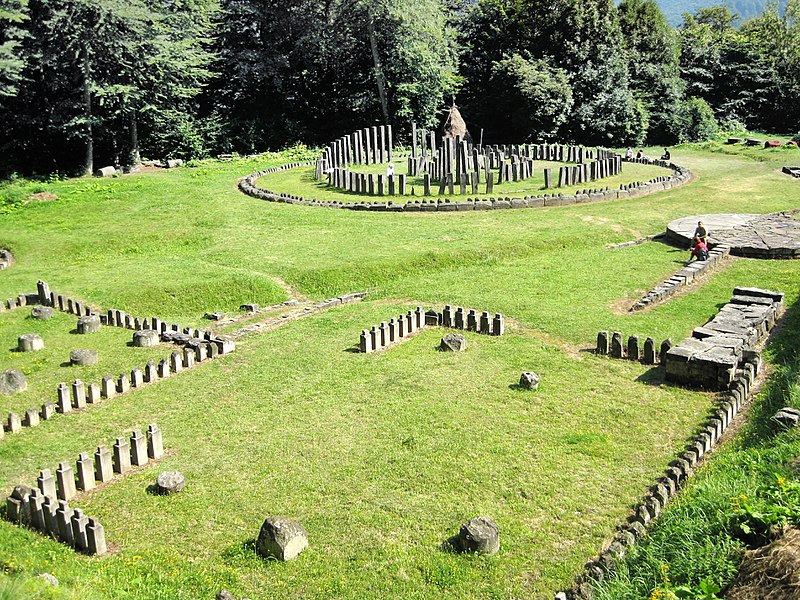
Facts and practical information
Nestled in the lush forests of the Orăștie Mountains in Romania lies the ancient site of Sarmizegetusa Regia, the capital and the most important military, religious, and political center of the Dacian kingdom before the Roman conquest in the early 2nd century AD. As an archaeological site, it bears witness to the sophistication of pre-Roman civilization in this region and is a testament to the Dacian people's ingenuity and craftsmanship.
Sarmizegetusa Regia's strategic location atop a 1,200-meter-high mountain made it an impregnable fortress in its time. The site is renowned for its unique fusion of military and sacred architecture, which includes fortifications, dwellings, workshops, sanctuaries, and a distinctive solar calendar known as the Dacian sundial. The sundial, with its circular stone structure, is a testament to the advanced astronomical knowledge of the Dacians.
The sanctuaries exhibit a mesmerizing array of large stone andesite sun disks and altars, which were used for religious ceremonies and likely for astronomical observations as well. These features underscore the Dacians' deep spiritual connection to nature and their sophisticated understanding of celestial cycles.
Sarmizegetusa Regia is also a place of significant historical events, as it was here that the Dacian king Decebalus made his last stand against the Roman Emperor Trajan during the Dacian Wars. After its fall in 106 AD, the Romans established their own capital, Ulpia Traiana Sarmizegetusa, not far from the original site, signifying the end of the Dacian kingdom and the beginning of Roman rule in the region.
Sarmizegetusa Regia – popular in the area (distance from the attraction)
Nearby attractions include: Dacian Fortresses of the Orăștie Mountains, Fețele Albe Dacian fortress, Castra of Costești, Grădiștea Muncelului-Cioclovina Natural Park.


